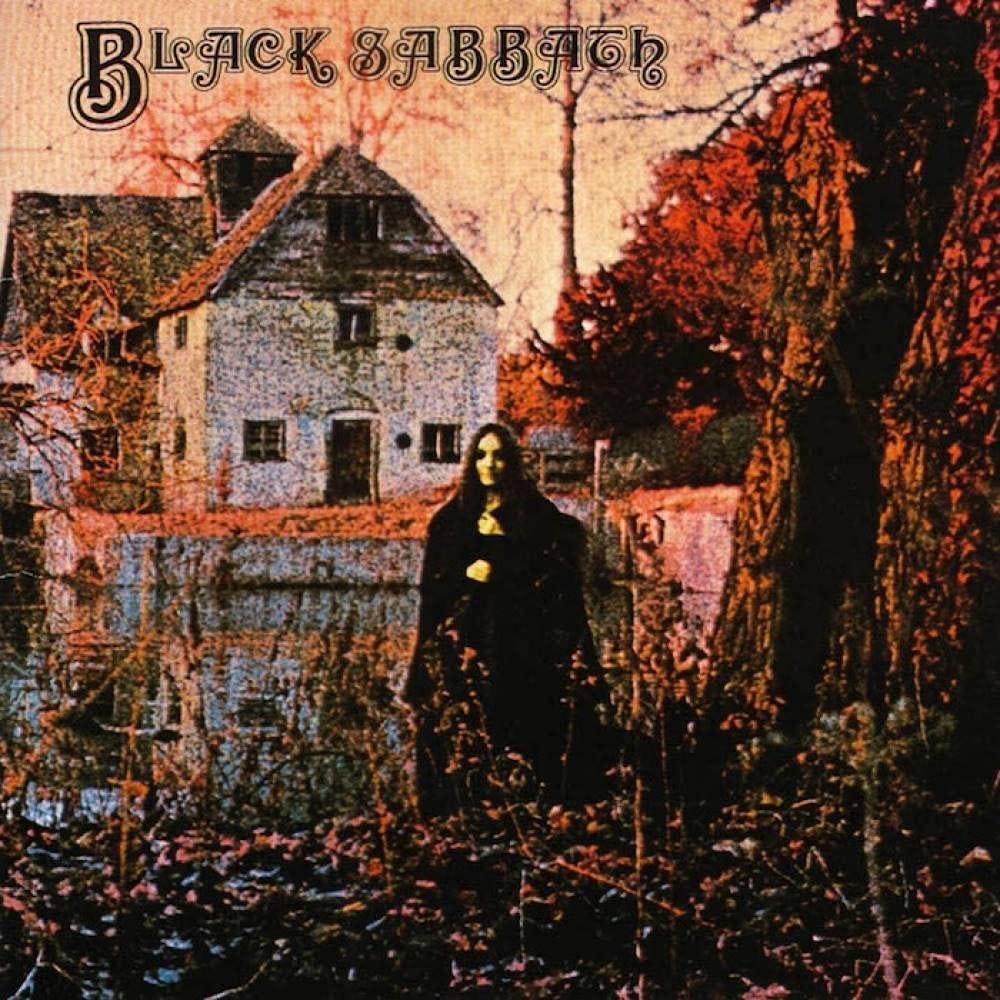
On a cold February day in 1970, the world was introduced to what would become the cornerstone of heavy metal: Black Sabbath’s self-titled debut album. Born in the industrial heartland of Birmingham, the album’s raw power and dark themes resonated with a generation yearning for something more profound than the prevailing pop and rock sounds.
Musical Genesis in Birmingham’s Heartland
The gritty, post-industrial landscape of Birmingham in the late ’60s provided a stark backdrop that shaped the band’s innovative sound. The album transcended its blues-rock roots, venturing into uncharted musical territories with its heavy riffs, somber lyrics, and the iconic use of the tritone, known as the “diabolus in musica.” This dissonant harmony, particularly prominent in the opening track “Black Sabbath,” set a foreboding tone that would become a hallmark of the genre.
In the Studio: Raw and Unfiltered
Recorded in a whirlwind 12-hour session, the album captured the band’s live energy and raw intensity. The simplicity of the recording process, devoid of extensive overdubs or elaborate production techniques, preserved the authentic sound of a band at the peak of its creative powers. Anecdotes from the session, like Tony Iommi’s switch to a Gibson SG guitar due to a malfunctioning Fender Stratocaster, highlight the serendipitous nature of the album’s creation.
Cultural Reflections and Dark Imagery
The late ’60s were rife with cultural explorations into the occult and mysticism, a theme Black Sabbath embraced with their music and lyrics. Songs like “N.I.B.” and the eponymous “Black Sabbath” delved into themes of evil and the supernatural, echoing the era’s fascination with horror and the darker aspects of human nature. The band’s foray into these themes was not without controversy, but it also contributed to their mystique and appeal.
Impact, Influence, and Legacy
The album’s release marked a seismic shift in rock music, laying the foundation for heavy metal. Critics and musicians alike have hailed it as a pioneering work that challenged the norms of rock music. Its influence is evident in the countless bands that have drawn inspiration from its sound, themes, and aesthetic. The legacy of Black Sabbath’s debut album is not just in the genre it helped spawn but in its enduring ability to resonate with listeners across generations.
Behind the Scenes: Band Dynamics
The interpersonal relationships and dynamics within Black Sabbath played a crucial role in the album’s creation. The collective chemistry and individual talents of Ozzy Osbourne, Tony Iommi, Geezer Butler, and Bill Ward fused to produce a sound that was greater than the sum of its parts. The band’s shared experiences, from their humble beginnings to their rise to fame, solidified their bond and drove their creative output.
Visual and Artistic Contributions
The album’s cover art, featuring the eerie figure before Mapledurham Watermill, further solidified the band’s association with the occult and the macabre. The haunting image complemented the music’s dark themes, creating a cohesive artistic statement that appealed to the visual as well as the auditory senses.
A Masterpiece Recognized
Looking back, the significance of Black Sabbath’s debut album cannot be overstated. Its raw sound, thematic depth, and cultural impact have cemented its status as a masterpiece of heavy metal. As we delve deeper into its history, production, and legacy, we gain a greater appreciation for this monumental work that forever altered the landscape of rock music.




Leave a Reply